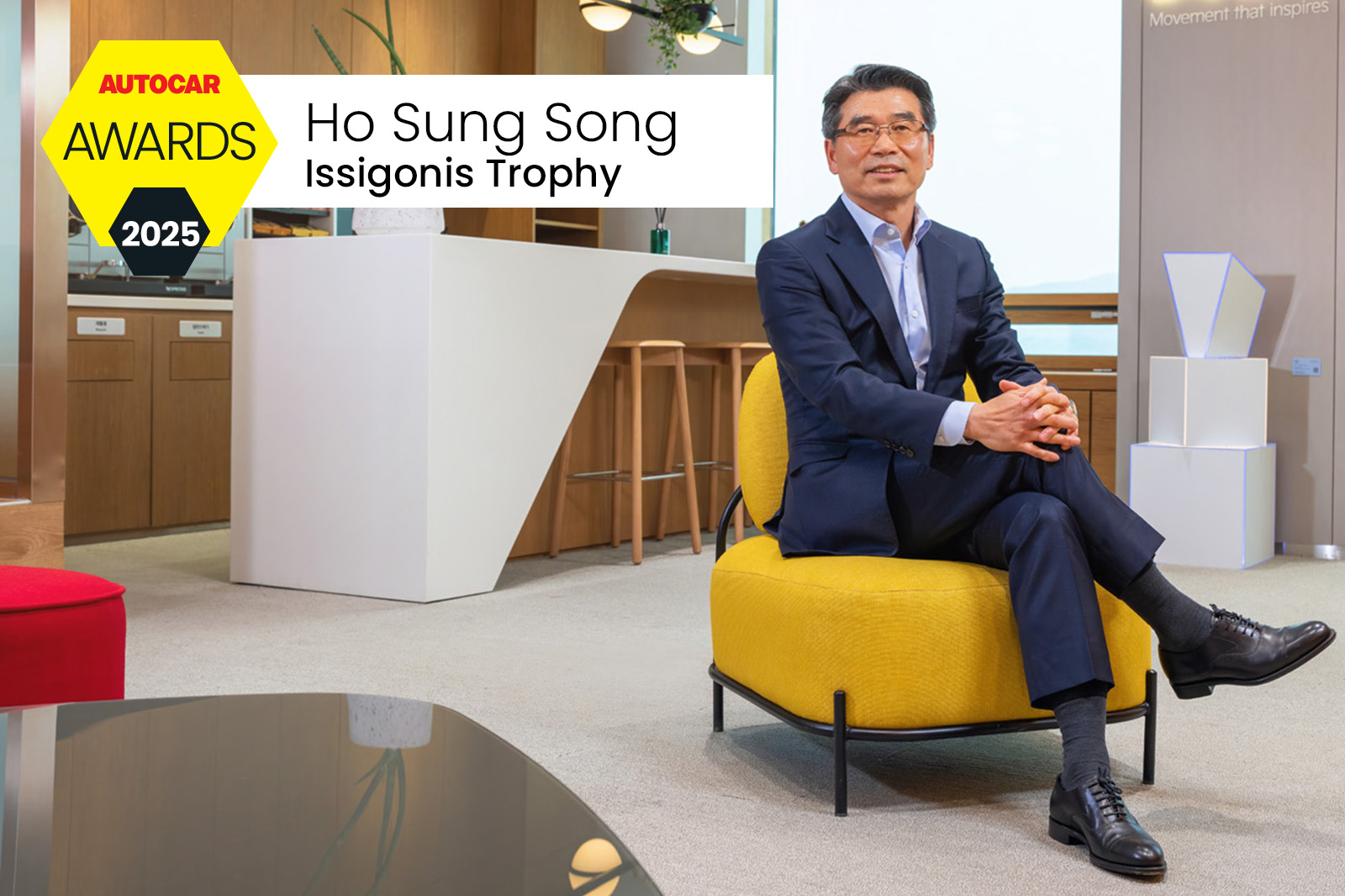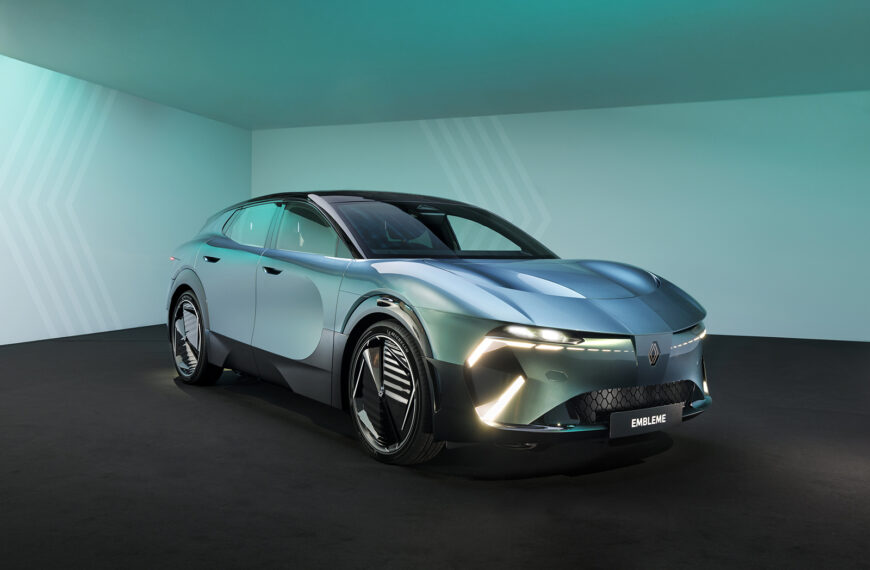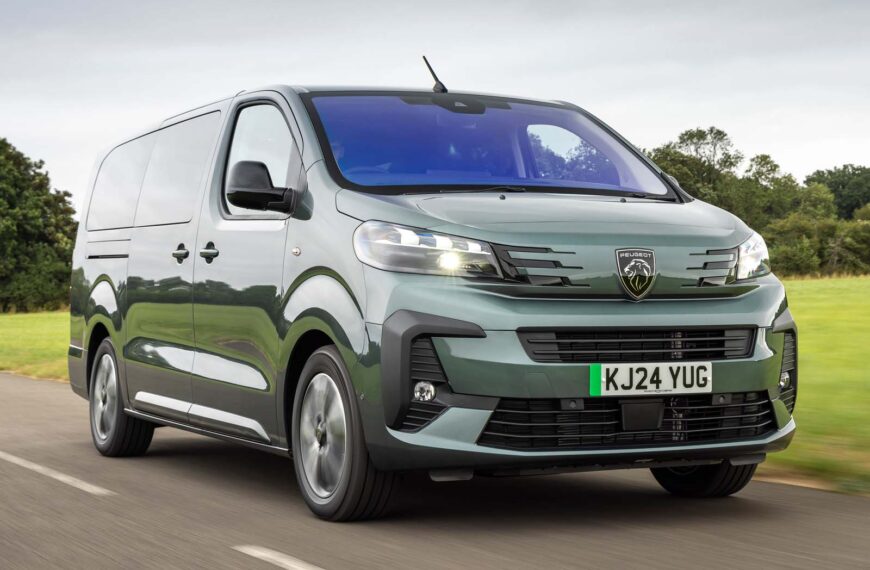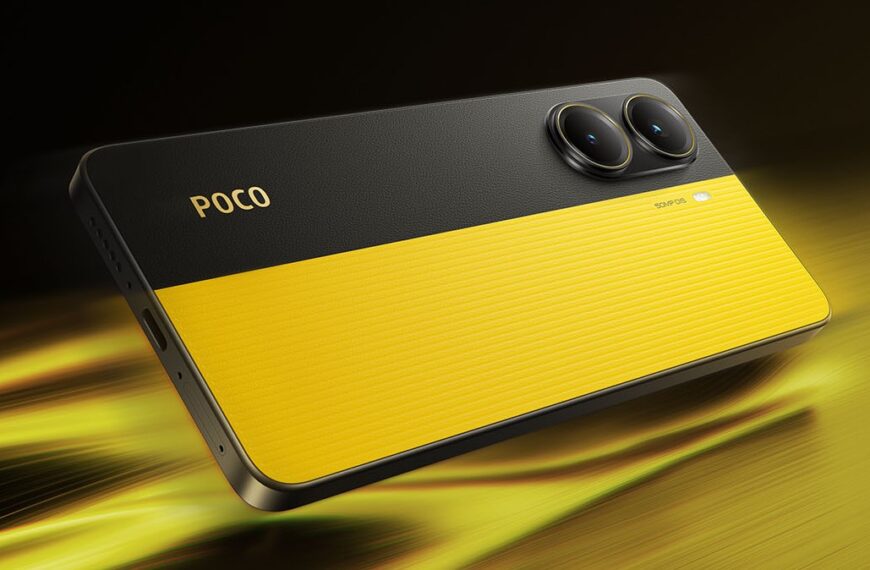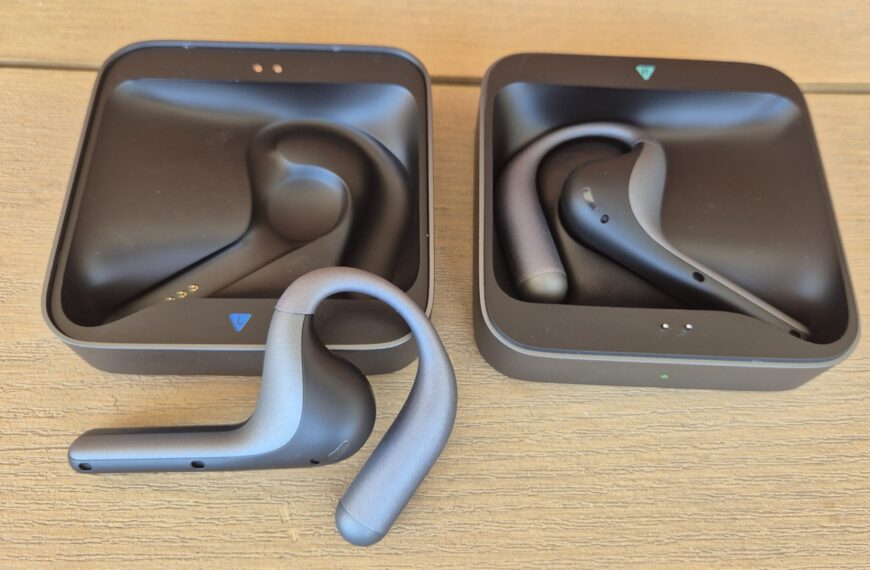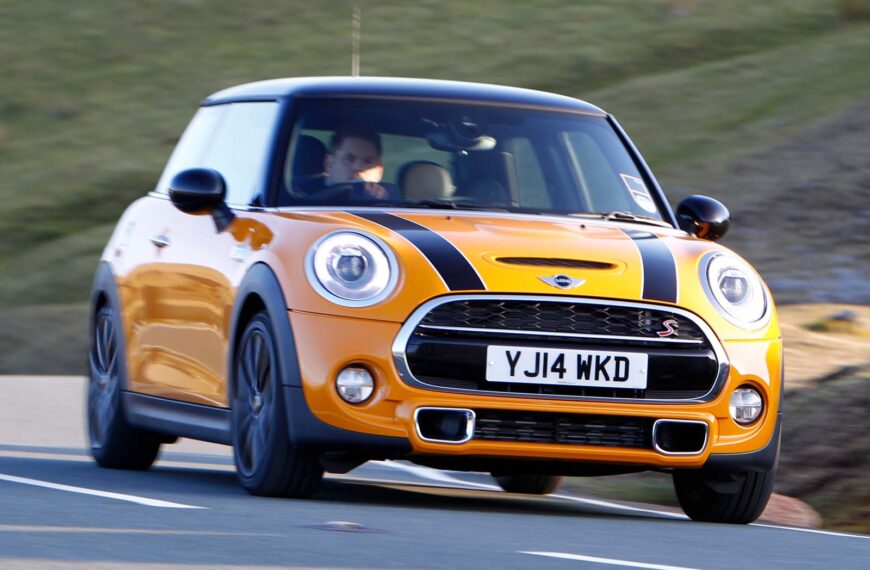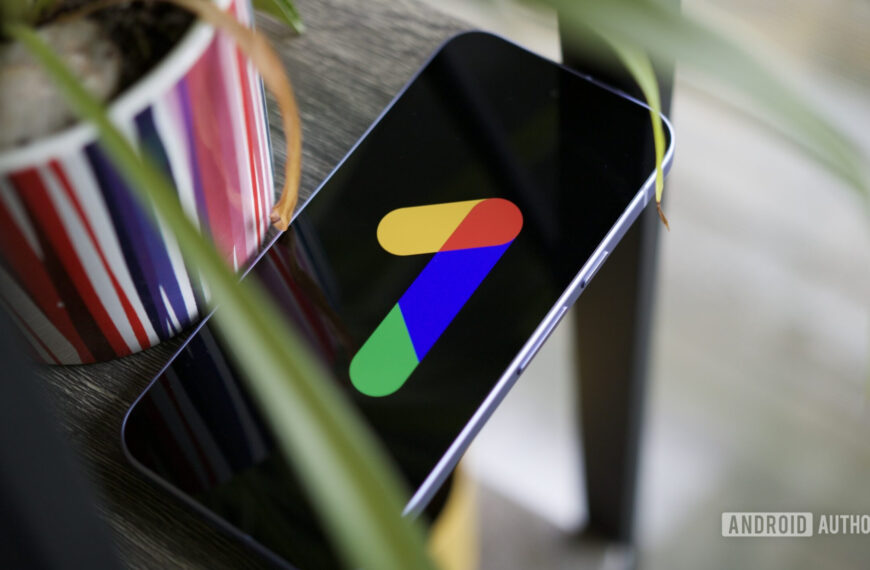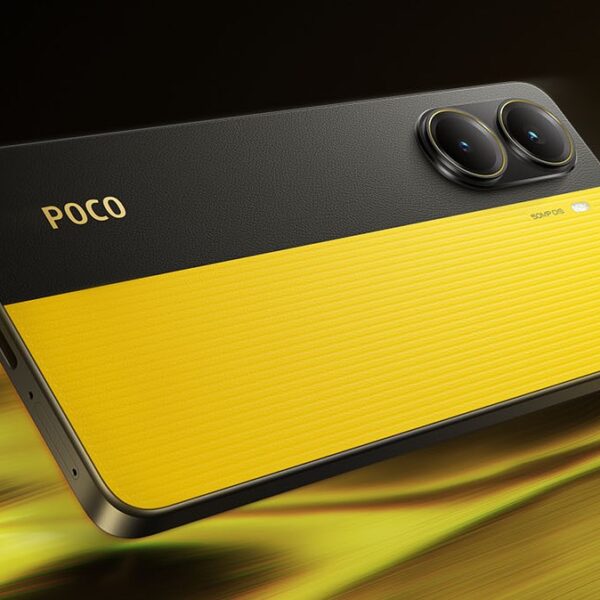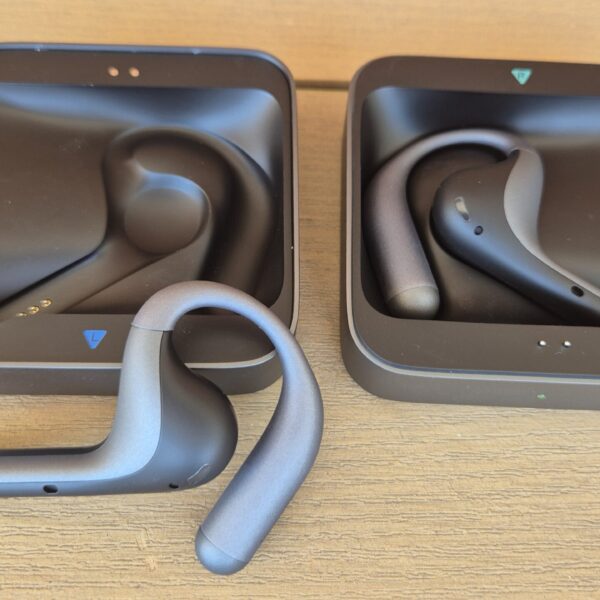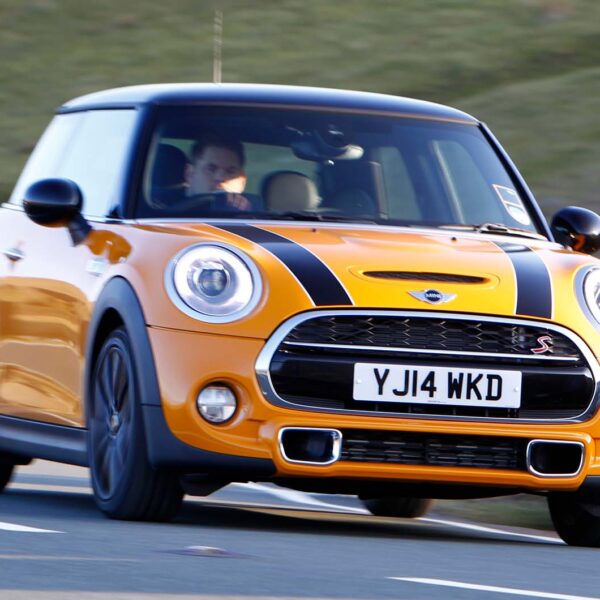You get better buy-in that way, he believes. Indeed, a laser focus on people has led to a fundamental shi in the corporate culture, what Song calls a “kind of code of conduct” that everyone at the company now abides by.
After a year-long project looking in great detail at the company and how it operates, Song reset what it means to work for Kia and ensured every decision is made with the customer in mind, so that the company became what he calls “customer-centric” in its operation.
While it’s easy to dismiss the term as corporate jargon, it’s clear from our time in Korea with Song and other senior Kia executives – including global operations boss Ted Lee, design boss Karim Habib and vehicle development chief Manfred Harrer – that all of Kia’s work and operations are governed by the principle behind this phrase, which often comes up unprompted.
“This was the number one philosophy for supporting our total transformation,” emphasises Song. Customer focus was one of three Song mantras: the second was a desire to become truly environmentally friendly, not just through zero tailpipe emissions from electric cars but in manufacturing and vehicle development too.
The best example of this is Kia’s introduction into the van sector. The project is called PBV (Platform Beyond Vehicle) and is at its core a scalable EV skateboard architecture. The first model from this project will be launched soon as a Ford Transit Connect rival called the PV5.
Song says Kia’s electric vans will take advantage of all the benefits of electric power and packaging in a way that rivals don’t, because its competitors are all conversions from combustion-powered vans, but the most intriguing aspect about the project is actually the manufacture of the vans.
Typically, vans are built on a line and then sent off to modifiers, where new, unwanted parts are ripped out and not used. But Kia will do the conversions itself in the factory by pulling vans off the production line into ‘cells’ to receive choice modifications. It has built a new facility south-west of Seoul at its Hwaseong plant in which to make the PV5s.

